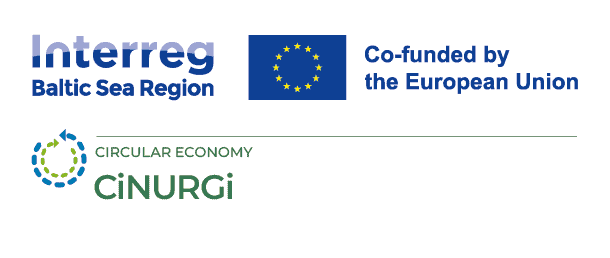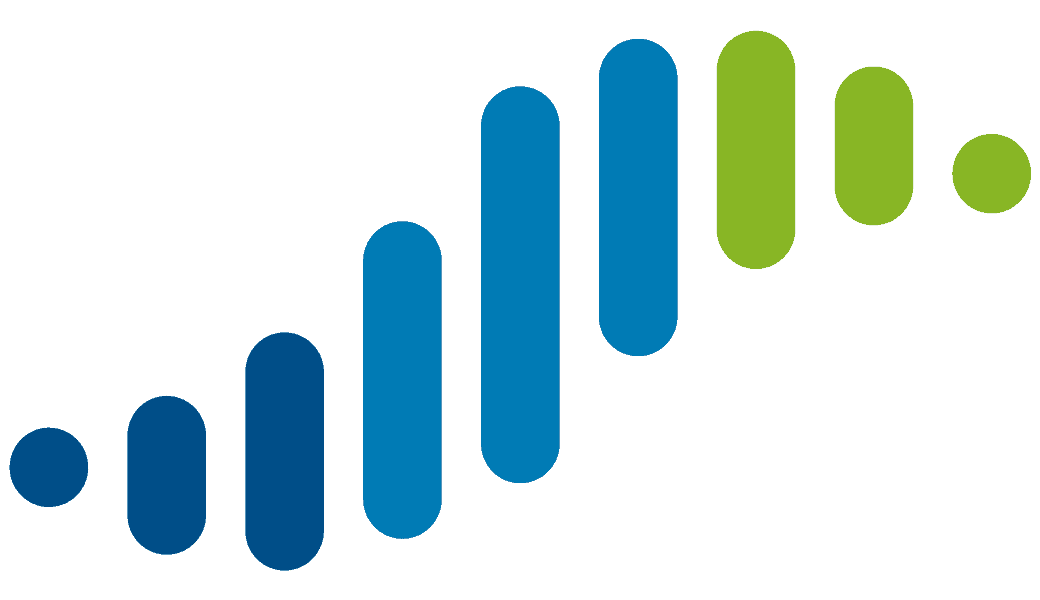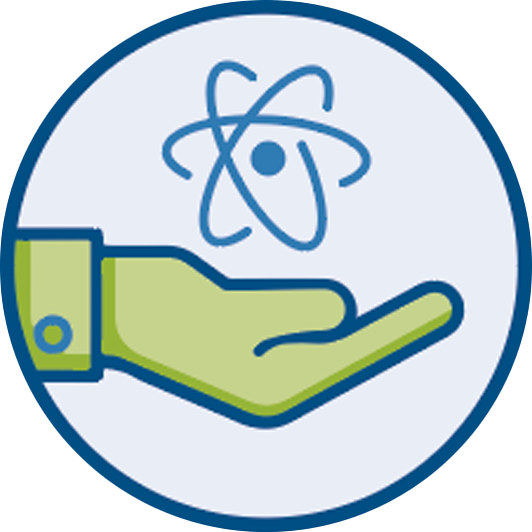
Drafting Industry Standards for recycled nutrient fertilizers
29 October 2025
Ensuring the safety of recycled nutrient fertilizing products, for both humans and the environment, is essential for the promotion of a circular economy in nutrients. Enforceable, evidence-based standards are necessary to prevent negative outcomes from the use of recycled nutrients, and to gain acceptance among users and consumers. CiNURGi is taking an important step forward towards creating these standards.
While manure has been used as fertilizer since time immemorial, recovering valuable nutrients from agricultural, municipal, and industrial waste streams is innovative when it comes to fertilizers. The responsible way forward to promoting the increased use of recycled nutrient fertilizers is by creating industry standards. Creating industry standards is a long process and CiNURGi is advancing this process.
The CiNURGi Draft Industry Standards Report presents the results of Work Package 1, Task 1.2 and develops a method to evaluate recycled nutrient fertilizers in terms of quality, safety, and economic value. The report offers a practical framework to assess agronomic performance, environmental and health protection, and day-to-day usability from storage to field application. It explains what RNFs are, how they are classified under EU rules, how they are produced, what stability and hygienisation mean in practice, how nutrients and contaminants are assessed, which physical properties matter in handling, how RNFs are used on farms, how quality is assured, and where knowledge gaps remain. The report is mainly based on the EU Fertilising Products Regulation (EU) 2019/1009 and its concepts of product function categories and component material categories, complemented by expert input and selected country-specific provisions from the Baltic Sea Region. It is a working draft without a claim to completeness, which is indicated by a watermark.
Building on these existing legal and technical foundations, the report goes a step further by linking regulatory requirements with practical evaluation and real-life application. While the underlying principles, such as product categorisation, nutrient content, stability and hygienisation requirements, and contaminant limits, are already defined in the EU Fertilising Products Regulation and in many national legislation, the report broadens their scope by examining the performance of RNFs in everyday agricultural use. It introduces practical considerations such as handling, storage and application in the field, which are crucial for ensuring product acceptance and effectiveness in farming conditions.
Another notable development is the incorporation of considerations related to nutrient and contaminant loads, which connect product composition to real-world environmental inputs. This load-based approach enables a more precise evaluation of agronomic efficiency and potential environmental risks. It demonstrates how declared nutrient concentrations translate into nutrient use efficiency, and how contaminant levels relate to long-term soil and water protection.
In addition to integrating existing regulatory elements, the report identifies gaps and emerging challenges that are not yet sufficiently addressed in EU legislation. The most significant gaps concern contaminants such as antibiotic residues, antimicrobial resistance (AMR), microplastics and PFAS (per- and polyfluoroalkyl substances). These substances are increasingly recognised as potential risks when organic waste streams are recycled into fertilisers, especially those derived from wastewater, sewage sludge, or industrial residues.
Beyond all these aspects, the report provides policy-oriented recommendations for harmonising quality assurance and monitoring approaches across the Baltic Sea Region. These recommendations aim to complement existing EU legislation by introducing forward-looking quality indicators and testing procedures that combine regulatory compliance with scientific robustness, regional adaptation, and environmental protection.
By integrating regulatory, technical, practical, and policy perspectives and by addressing topics still outside current legislation the report represents an step toward a shared and future-oriented quality assurance framework for recycled nutrient fertilisers. It operationalises existing EU provisions, expands them through practical and scientific insight, and supports the broader CiNURGi objective of fostering a safe, circular, and sustainable nutrient economy in the Baltic Sea Region. As the HELCOM Baltic Sea Action Plan action E33 calls for the development of recycled nutrient fertiliser safety requirements by 2027 and for the minimisation of harmful compounds to ensure compliance, the work to create industry standards continues.
Task lead: JKI
Interactive map showing pilot locations. Use the arrow keys to move the map view and the zoom controls to zoom in or out. Press the Tab key to navigate between markers. Press Enter or click a marker to view pilot project details.





